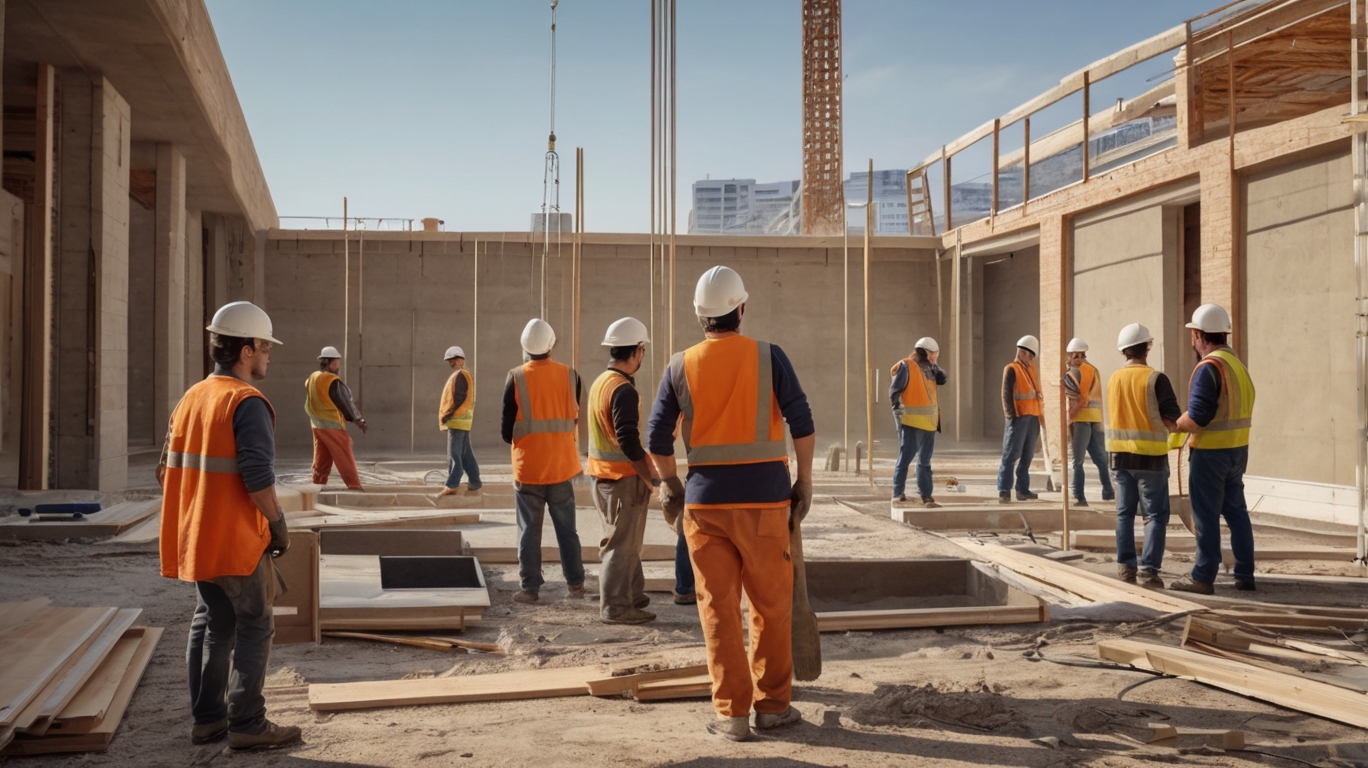When it comes to upgrading your commercial space, renovation can be a strategic move to enhance functionality, improve aesthetics, and boost property value. Whether you own an office building, retail space, or industrial facility, a well-planned renovation can revitalize your business environment and attract more clients or tenants.
However, without careful planning, budgeting, and execution, a commercial renovation can easily go over budget, extend past deadlines, or result in subpar outcomes. In this guide, we’ll break down the costs, share smart planning tips, and outline common mistakes to avoid during a commercial building renovation.
Cost Breakdown of Commercial Building Renovation
Understanding the cost elements involved in a commercial renovation is essential for setting realistic expectations and managing your investment wisely. Here’s a typical breakdown:
1. Design and Architecture (5% – 15%)
Hiring an architect or designer helps you visualize the end result and ensures your plans comply with building codes and zoning regulations. Expect to spend around 5-15% of your total renovation budget on design.
2. Permits and Inspections (1% – 5%)
Depending on your location and the scope of work, you’ll need permits for structural changes, plumbing, electrical upgrades, and more. This cost varies but generally ranges from 1% to 5% of your total budget.
3. Demolition and Site Prep (5% – 10%)
Clearing out old walls, floors, or installations to prepare the space for construction usually accounts for 5% to 10% of costs.
4. Structural Work (10% – 20%)
If you’re making significant changes to the building’s foundation, load-bearing walls, or support structures, this can be a major expense.
5. Mechanical, Electrical, and Plumbing (15% – 25%)
Upgrading MEP systems is often necessary for code compliance and functionality. This can consume up to a quarter of your total budget.
6. Interior Finishes (20% – 35%)
This includes flooring, ceilings, lighting, cabinetry, paint, and fixtures. The more upscale the finish, the higher the cost.
7. Contingency (5% – 15%)
Always leave room for surprises. Hidden damage, design changes, or market price fluctuations can add unexpected expenses.
Example Budget (For a 5,000 sq. ft. Office Space Renovation):
Category | Estimated Cost Range |
Design and Planning | $15,000 – $45,000 |
Permits and Inspections | $5,000 – $15,000 |
Demolition and Prep | $10,000 – $25,000 |
Structural Changes | $20,000 – $60,000 |
MEP Systems | $30,000 – $75,000 |
Interior Finishes | $40,000 – $100,000+ |
Contingency | $10,000 – $30,000 |
Total Estimated Range | $130,000 – $350,000+ |
Planning Tips for a Smooth Renovation
Renovating a commercial property is a big endeavor, but with the right planning, it can be a seamless experience. Here are some crucial tips:
- Start with a Clear Vision
Define your objectives. Are you modernizing for aesthetics, improving energy efficiency, or reconfiguring for better workflow? Having a clear goal will guide all decisions.
- Work with Professionals
Hire experienced contractors, designers, and project managers who specialize in commercial renovations. Their expertise can save time, money, and headaches.
- Set a Realistic Timeline
Renovations often take longer than anticipated. Build in extra time for permits, inspections, and unforeseen delays.
- Prioritize Safety and Compliance
Make sure your renovation complies with local codes, ADA requirements, and safety standards. Failing to do so can result in fines or future legal issues.
- Plan for Downtime
If your business operates out of the building being renovated, determine whether you can continue operations or need to relocate temporarily. This helps avoid disruption to revenue streams.
- Communicate with Stakeholders
Keep tenants, employees, and clients informed throughout the renovation process. Transparency builds trust and reduces frustration.
- Monitor Costs Closely
Keep track of all expenditures and compare them to your original budget. Use construction management software if needed to stay on top of numbers.
Common Mistakes to Avoid
Learning from others’ mistakes can help you dodge major pitfalls when it comes to commercial renovations. One of the most common errors is underestimating the budget. Many businesses assume renovation will cost less than it actually does, so it’s wise to be conservative with estimates and always include a contingency buffer.
Another frequent oversight is neglecting the building’s infrastructure. Focusing solely on aesthetics while ignoring outdated wiring, plumbing, or HVAC systems can lead to bigger and costlier issues down the line. Energy efficiency is also often ignored; while skipping energy-saving upgrades might reduce upfront costs, it usually results in higher long-term expenses.
Investing in LED lighting, insulation, and efficient HVAC systems pays off over time. Some try to “save time” by skipping the permit process, but this can bring serious legal and financial consequences if discovered.
Another trap is choosing the cheapest contractors. While it might seem like a budget-friendly option, it often backfires when the contractor delivers subpar work or abandons the project. Always check references and past work.
Poor communication is another big issue when stakeholders aren’t on the same page, it can delay decisions, inflate costs, and cause confusion. Lastly, failing to plan for future needs can turn into a costly oversight. Designing your space with growth in mind ensures you won’t need another renovation just a few years down the road.
Is it Better to Renovate or Build a New Site?
This is one of the most common questions businesses ask when considering a large project. The answer depends on a variety of factors:
Pros of Renovation:
- Cost-effective: Renovations often cost less than building from scratch.
- Faster turnaround: Renovations can usually be completed quicker than new builds.
- Retain prime location: If your existing location is ideal, renovation preserves it.
- Preserve character: Older buildings often have architectural charm that’s hard to replicate.
Pros of Building New:
- Blank slate: You can design the layout, infrastructure, and systems exactly as needed.
- Higher energy efficiency: New buildings can be built with the latest green technology.
- Modern compliance: No need to retrofit for new codes or accessibility standards.
Ultimately, if your existing structure has a strong foundation and meets zoning requirements, a well-executed renovation is often the smarter choice especially for retail shops, showrooms, and offices. A great example is this SPX shop renovation completed by Procon International, which transformed a dated space into a vibrant, modern environment without the need to build new.
Final Thoughts
Renovating a commercial building is a major investment but it can pay off with increased property value, better operational efficiency, and enhanced brand image. Whether you’re looking to modernize an office, upgrade a retail store, or reimagine your restaurant layout, the key is in smart planning, careful budgeting, and avoiding common missteps.
Start by assessing your current building’s potential, map out your goals, and bring on the right professionals to turn your vision into reality. And always remember renovation isn’t just about the physical space; it’s about creating a better experience for everyone who uses it.






